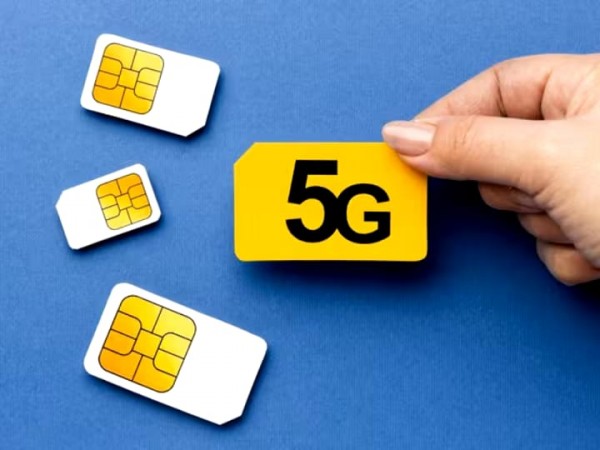
A comprehensive guide to the inner workings of SIM cards and the significance of the IMSI number.
Mobile phones are an integral part of our lives, and the small, unassuming SIM card plays a pivotal role in making them function seamlessly. In this article, we will delve into the intricacies of how a SIM card works, shedding light on the IMSI number - a crucial piece of the puzzle.
A SIM card, short for Subscriber Identity Module, is a tiny, thumbnail-sized chip that is inserted into your mobile device. It serves as a gateway to cellular networks, allowing your phone to make calls, send texts, and access data.
Identity Verification: Your SIM card contains vital information about your identity, such as your phone number, network credentials, and more. This data is used to authenticate your connection to the network.
Security: SIM cards are equipped with encryption features to protect your data and communications, making it challenging for unauthorized users to intercept your information.
Storage: They can also store a limited amount of data, such as contacts and text messages.
IMSI stands for International Mobile Subscriber Identity. This 15-digit number is the cornerstone of your mobile connectivity.
Mobile Country Code (MCC): The first three digits of the IMSI represent your country code, identifying the nation where your mobile subscription originates.
Mobile Network Code (MNC): The subsequent two to three digits denote the network provider within that country.
Mobile Subscriber Identification Number (MSIN): The final part of the IMSI identifies you as a unique subscriber within the specified network.
Network Access: When you insert your SIM card into a mobile device, it uses the IMSI number to establish a connection with your mobile carrier's network. This is vital for making calls and using data services.
Roaming: When you travel internationally, your IMSI helps you connect to local networks while retaining your own mobile number.
Security: The IMSI is an essential part of the security infrastructure, ensuring that only authorized users can access the network.
Insertion: Simply insert your SIM card into your phone, and the device will recognize it.
Registration: Your phone uses the IMSI number to register with the nearest cell tower, signaling your presence on the network.
Authentication: The network verifies your IMSI, ensuring you're a valid subscriber.
Network Access: Once authenticated, you gain access to the network, enabling you to make calls and use data services.
Your IMSI is not publicly shared or broadcasted when you make a call or send a text. Instead, your phone generates a temporary identity called the Temporary Mobile Subscriber Identity (TMSI) for these activities, preserving your privacy.
SIM cards are the unsung heroes of mobile communication, enabling seamless and secure connectivity. The IMSI number, with its intricate details, serves as the bedrock of this connectivity, ensuring you can stay connected wherever you go.
PM Modi Unveils India Mobile Congress 2023's 7th Edition in Delhi
X Introduces Early Version of Video and Audio Calling Feature